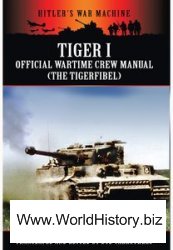On both the northern and southern sectors, tanks, SP guns and panzergrenadiers crawled forward in the face of fierce resistance. This was not the mobile warfare of the advance on Moscow of 1941 or the drive to the Caucasus in 1942. Each obstacle cleared revealed another defensive position. Assault pioneers were in constant demand to clear the minefields. Once through the minefields the panzers moved forward with accompanying grenadiers to the next minefield. The ever-present risk of ambush meant that panzergrenadier support was vital to stop Soviet tank-busting infantry teams from moving in and knocking out the panzers at close range with explosive charges. The defence-in-depth of the Soviet lines was formidable. Deep excavated bunkers with built in flame-throwers had to be knocked out one-by-one. Dug in and camouflaged T-34s provided fire support. The panzergrenadiers and engineers had to clear these defences before the panzers could move forward and break out behind the enemy lines. Casualties mounted. Once into the enemy lines the panzergrenadier would establish all-round ‘hedgehog’ defences with the remaining panzers and settle in for the night. To unsettle the Germans and prevent sleep, Soviet light aircraft patrolled the lines at night dropping anti-personnel bombs on any visible fires in the enemv lines. Soviet rockets, the famous

Katoishas, pounded the German defences. Set in the back of 1 truck, each Kat}aisha launcher could send a salvo of four :ons of explosives over an area of ten acres. The panzer-grenadiers feared these rockets more than the artillery. There ivas no familiar rush of sound, and once released the rockets distributed their load randomly and with great force.
Instead of breaking through the Soviet lines, the German 'orces were merely sitting in the middle of the enemy defences with little hope of breaking through. All the while, breakdowns, mines and Soviet guns took their toll of the APCs and panzers. This was a far cry from the heady days of September 1939 or May 1940.




 World History
World History









